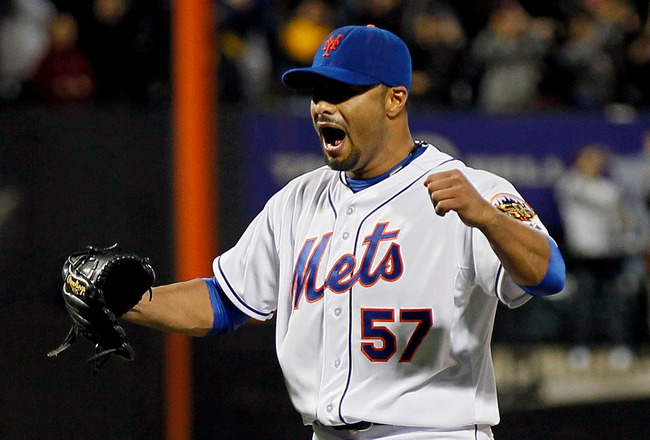The Newsroom is very well-cast. Jeff Daniels is compelling as news anchor Will McAvoy, who strives to be objective but ultimately breaks routine with an outburst that triggers attention. Executive producer Mackenzie Machale, played by Emily Mortimer, is wonderful, plucky and full of life. Mortimer and McAvoy have excellent chemistry. Senior producer Jim Harper (John Gallagher Jr.) and newly named associate producer Maggie Jordan (Alison Pill) are likeable, the initial newsroom underdogs you want to root for.
But for all the good the actors can do, The Newsroom is bogged down in its own self-worth, smothered in idealistic dialogue and predictable setups. Let's spell it out in episode one.
- New EP hired, anchor doesn't want to work with her team, breaking news happens, they conveniently prove themselves
- New EP and anchor had a past relationship (surprise!) that carries baggage they must work through
- Anchor 'imagined' new EP in audience when having diatribe but shocker it actually was her! And in case you didn't catch on it's made astoundingly clear.
Sorkin's 'newsroom' is one where the news cycle is dictated by the color of AP alerts. It operates in a fictional reality where an entire hour-long newscast goes over seamlessly with no rundown. A phoner is cued up 30 seconds before air and runs without technical glitch.
Yes, this is television. It's not always realistic. No one believes counterterrorism agencies really run in the same manner as CTU did in 24 - at least I hope not.
That was fine - the willing suspension of disbelief worked because of the show's tone. 24 was always pure entertainment, a thrill ride which made no bones about its existence outside of actual reality. Whereas 24 was centered around fictional terror plots, The Newsroom focuses on fictional coverage of a pulled from the headlines story, the BP spill in the Gulf. That makes the liberties taken with being realistic harder to swallow.
Sorkin's newsroom is his version of a 'city upon the hill,' a newsroom more virtuous and grounded in the truth than all others. The excellent actors are given dialogue that's so coated in Sorkin's predisposed agenda that they can't help but sound like a class president reading a speech of promises to the high school auditorium.
The Newsroom is not a bad show. The 73 minutes start off with a bang, fall into boredom, then crescendo again into a fast-paced product. But even its funny moments are spoiled by a lack of overtness, the need to spell out just what is meant.
As the "perfect" live newscast is going off, the older news director Charlie Skinner emerges and tells a young lady to get on her Twitter and describe how wonderful it all is from his long-winded speech.
That's a funny bit. You could see that happening in a newsroom - I got a laugh out of it. Until the woman responds woodenly "I can only use 140 characters." Way not to spell that one out.
And that is perhaps the greatest flaw of The Newsroom. It is just too full of itself. The show treats its viewers like they are the idiots who don't know that the news is "so bad."
While entertaining at times, it comes across as the professor who does not describe history but instead stands upon a pulpit and preaches the way it should have been.
Even worse, The Newsroom becomes just what Skinner does not want his newscast within the show to be - an agenda.


